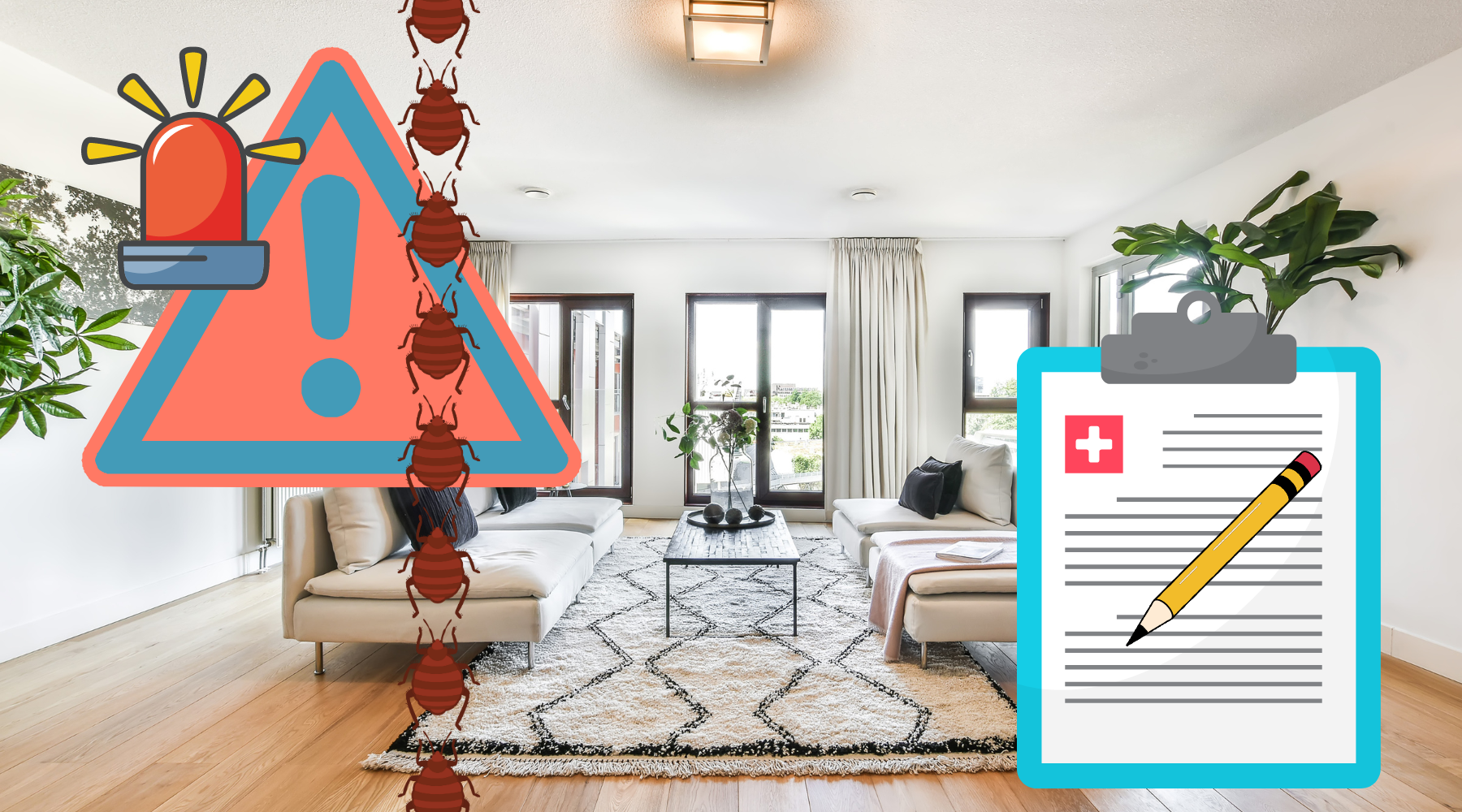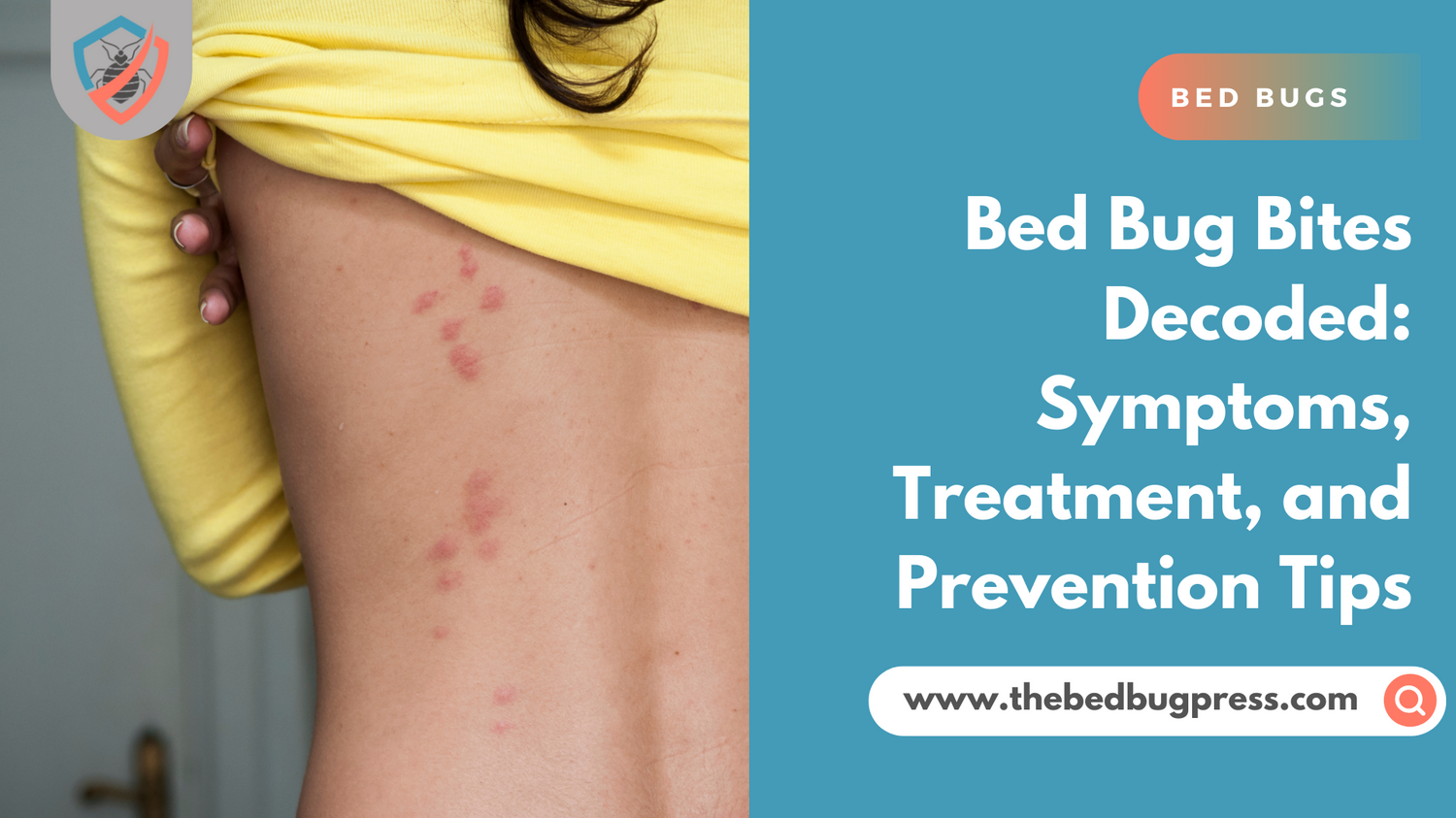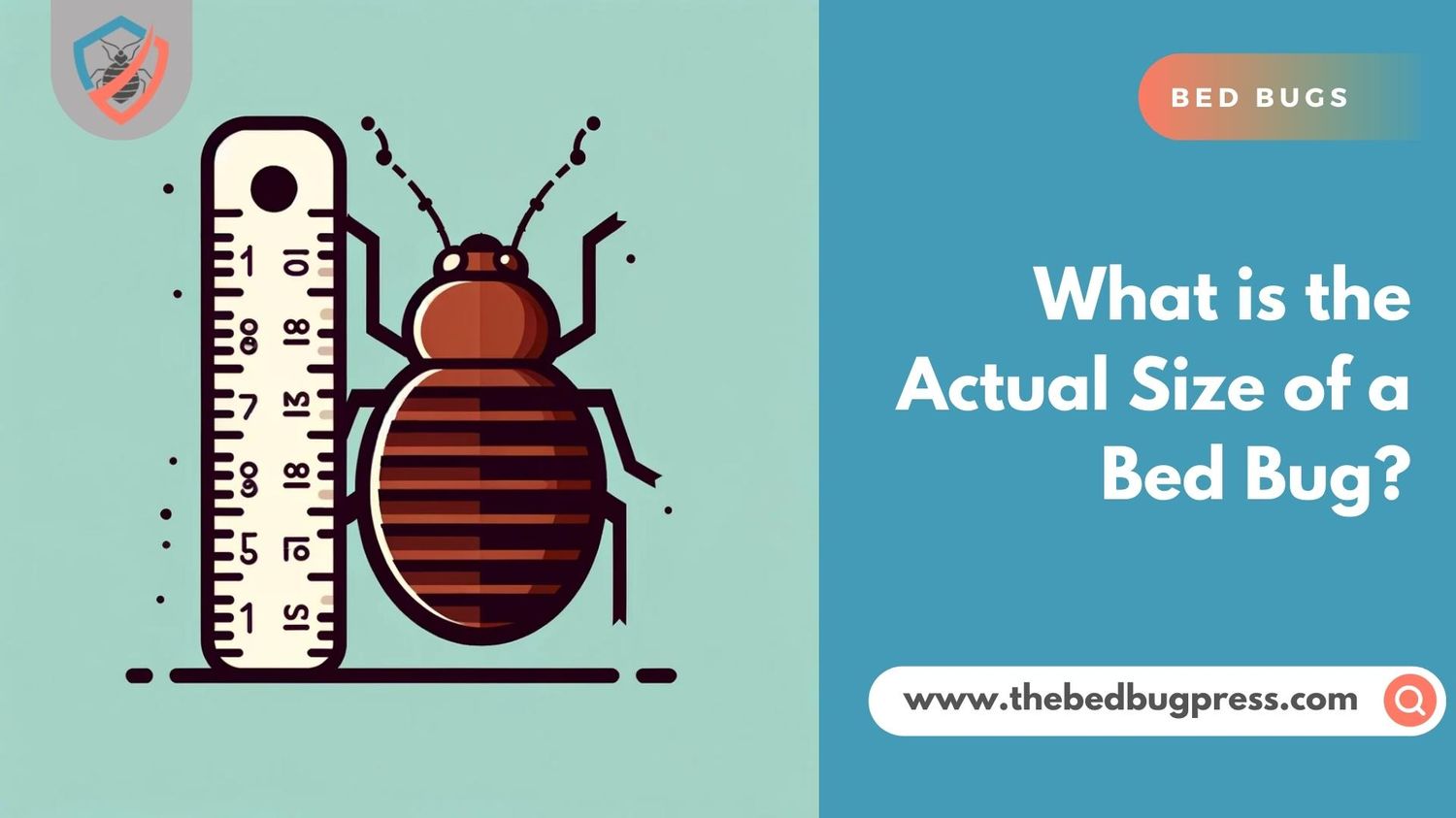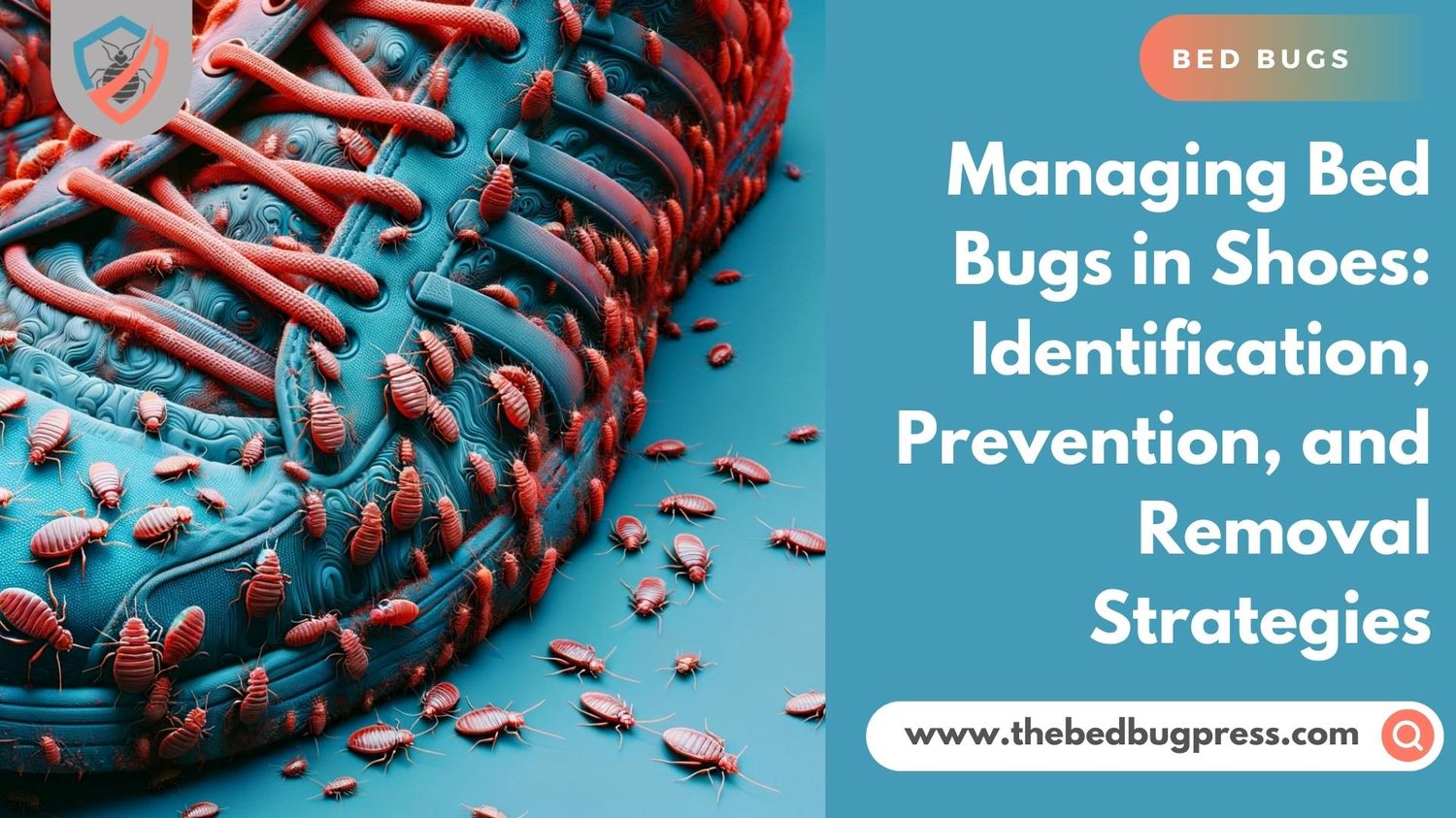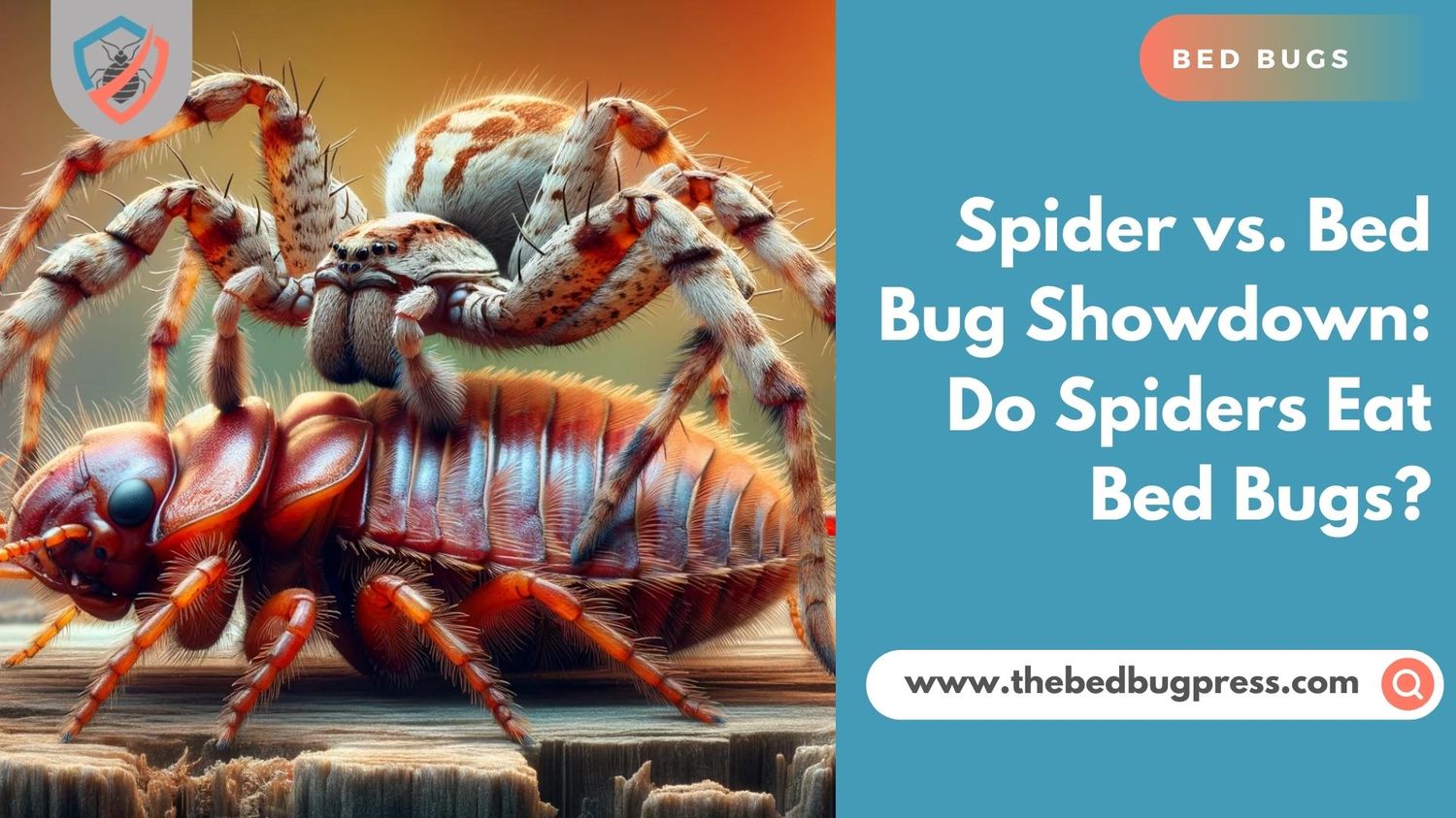Bed bugs have become a growing concern in recent years, posing a potential threat to public health. These parasites survive by feeding on human blood, causing painful and uncomfortable bites that can lead to psychological distress.
Given the seriousness of this issue, you may be curious about whether cases of bed bugs should be reported to public health authorities. However, the reporting requirements vary depending on your location and the specific circumstances surrounding the bed bug infestation.
In the following sections, you will gain a deeper understanding of the relationship between bed bugs and public health, as well as discover the steps you can take to report bed bug infestations to the appropriate public health departments in your area.
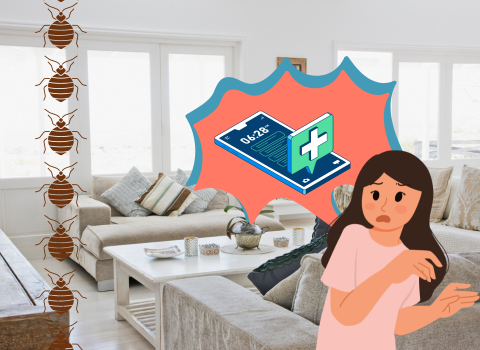
Informing the Health Department about Bed Bug Infestations: A Step-by-Step Guide
If you discover bed bugs in your home or business, it is essential to report the infestation to your local health department. By doing so, you contribute to preventing the spread of these pests to neighboring residences and commercial establishments.
To inform the health department effectively, follow this step-by-step guide:
Gather Evidence
Before contacting the health department, gather evidence to support your report. This may include photographs of live adult bed bugs, bed bug bites, and other signs of infestation like fecal spots or shed skins.
Contact Your Local Health Department
Obtain the contact information for your local health department and reach out to them via phone or email to report the infestation. Provide your name, address, and a detailed description of the problem, including the location and severity of the infestation.
Cooperate With the Health Department
Once the health department decides to investigate the infestation, cooperate fully with their efforts. They may require access to your property and seek additional information about the infestation.
Follow the Health Department’s Recommendations
Based on their investigation, the pest management professional or the health department may provide specific recommendations to control the infestation. This could involve hiring a professional pest management service, implementing integrated pest management strategies, using pesticide products or taking steps to isolate infested items. It is crucial to carefully follow their recommendations to ensure effective control of the infestation.
Reporting a bed bug infestation to the health department is a critical measure to safeguard public health and prevent the further spread of bed bugs. By adhering to these steps, you contribute to addressing and controlling the infestation appropriately.
The Impact of Bed Bugs on Health: What You Need to Know
Bed bugs, although not disease vectors, can have a detrimental impact on public and environmental health though. It’s essential to be aware of the following aspects regarding the health implications of bed bugs:
Physical Health Effects:
Bed bug bites can result in various physical health effects, such as localized redness, itching, and swelling around the bitten area. In very rare cases and instances, individuals may experience severe allergic reactions to bite itself, including anaphylaxis.
Psychological Health Effects:
The psychological toll of bed bug infestations can be substantial, leading to heightened levels of anxiety, stress, and sleep disturbances. In severe cases, these infestations have been linked to mental health issues, including depression.
Social Stigma:
Bed bug infestations often carry a social stigma, causing individuals to feel ashamed or embarrassed. This stigma can deter people from seeking assistance or reporting the infestations, subsequently facilitating the further spread of these pests.
Economic Impact:
Treating bed bug infestations can be financially burdensome, resulting in significant expenses. Additionally, businesses and individuals may experience lost income and reduced productivity. Disposing of infested items can also lead to additional financial losses.
While bed bugs do not transmit diseases, the consequences of their bites and infestations on physical and psychological well-being can be substantial. If you suspect a bed bug infestation, taking immediate action to control the problem is crucial to safeguarding your health.
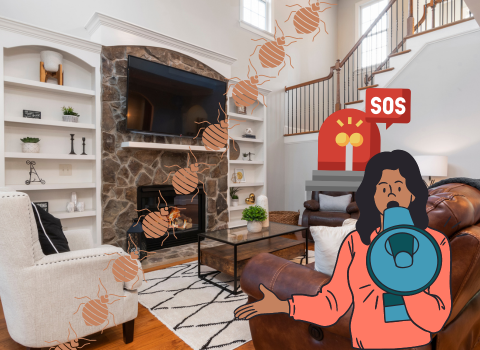
Staying Ahead of Bed Bug Infestations: Techniques for Monitoring and Prevention
Preventing bed bug infestations is always easier than treating them once they have taken hold. Here are some techniques for monitoring and preventing bed bug infestations:
Know The Signs:
Knowing the signs of bed bugs is crucial for catching an infestation early. Common signs include bloodstains on sheets, bites on your skin, and the bugs themselves or their shed skins.
Check Your Surroundings:
When traveling or staying in a new place, inspect the room for signs of bed bugs. This includes checking the mattress, headboard, and any nearby furniture.
Be Cautious with Secondhand Items:
When bringing used furniture or other items of clothing into your home, be sure to inspect them carefully for signs of bed bugs. Consider treating the items with heat or cold to kill any potential bed bugs.
Reduce Clutter:
Clutter provides hiding spots for bed bugs, so reducing clutter in your home can make it harder for them to establish themselves.
Use Protective Covers:
Protective covers can be used on furniture, to encase mattresses and box springs, preventing bed bugs from establishing themselves in these areas.
Regularly Clean and Vacuum:
Regular cleaning and vacuuming can help remove any bed bugs or eggs that may be present in your home.
By staying vigilant and taking preventative measures, you can help reduce your risk of a bed bug infestation. If you suspect a bed bug problem, it’s important to take prompt action to control the problem and prevent bed bugs from spreading to other areas.
Spotting Bed Bugs: A Guide to Inspection, Identification, and Notification
Bed bugs can be difficult to spot, but early detection is crucial for effective control. Here’s a guide to inspecting, identifying, and notifying others about bed bugs:
Inspect Your Surroundings:
Inspect your sleeping area, including the mattress, box spring, and bedding, for any signs of bed bugs. Check nearby furniture, floors and walls, as bed bugs can hide in cracks and crevices of walls.
Identify The Signs:
Look for signs of bed bugs, such as blood stains on bedding, fecal spots, shed skins, or live bugs themselves.
Notify The Appropriate Parties:
If you find bed bugs in a public place, such as a hotel room, notify the management immediately. If you find bed bugs in your own home, notify your property owner or a professional pest control company.
Act Immediately:
If bed bugs are found, take immediate action to control the infestation. This may involve hiring a professional pest control company or taking steps to isolate infested items.
Educate Others:
Educate others about the signs of bed bugs and the importance of early detection. This can help prevent the spread of infestations and promote effective control.
By inspecting your surroundings, identifying the signs of bed bugs, and notifying the appropriate parties, you can help prevent the spread of infestations and promote effective control. Early detection is key to preventing bed bug infestations from becoming established and difficult to control.

Controlling Bed Bugs: Effective Treatment and Control Procedures
Managing bed bugs can present a formidable challenge, but effective treatment and control methods are available. Here is vital information you should be aware of:
Heat Treatment:
Heat treatment is a highly effective approach for eliminating bed bugs and their eggs. This process involves subjecting infested items to temperatures of at least 120°F for several hours.
Insecticide Treatment:
Professional application of insecticides by licensed pest control experts can effectively eradicate bed bugs. Follow-up treatments might be necessary to ensure comprehensive control of the infestation.
Vacuuming and Cleaning:
Regularly vacuuming and cleaning your living environment can aid in removing bed bugs and their eggs. Pay close attention to cracks and crevices, as these are common hiding spots for bed bugs.
Encasements:
Protective encasements designed for mattresses and box springs can be utilized to enclose these items, trapping any existing bed bugs and preventing further infestation.
Clutter Reduction:
Reducing clutter in your living space is crucial, as it eliminates potential hiding places for bed bugs. By minimizing hiding spots, you make it easier to detect and control bed bugs infestations.
Education:
Educating yourself and others about bed bugs, including their signs and effective control methods, plays a pivotal role in preventing infestations and promoting successful control efforts.
Taking immediate action to control bed bugs is vital, as infestations can rapidly spread and become more challenging to eradicate over time. If you suspect a bed bug infestation, promptly contact a licensed pest control professional to discuss treatment and control options tailored to your situation.

